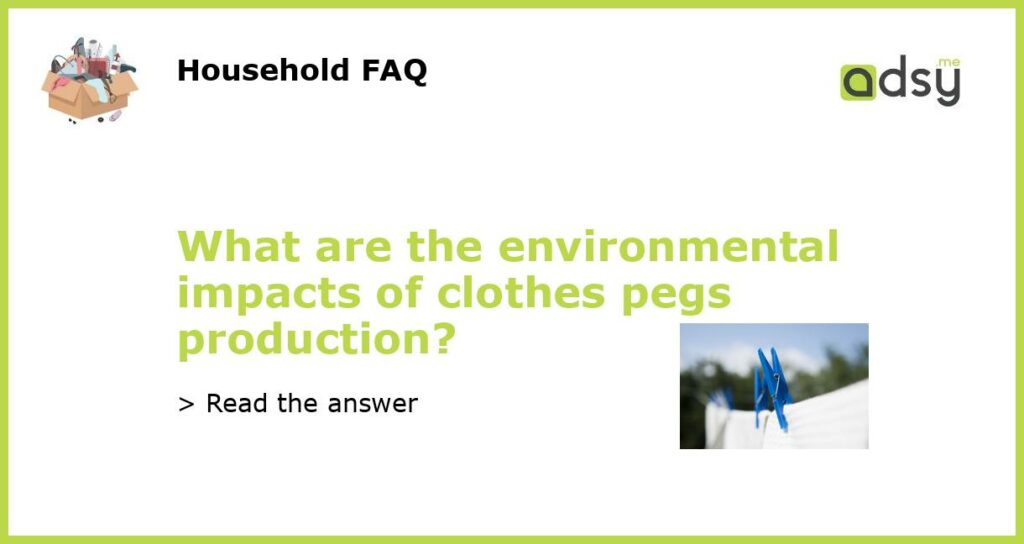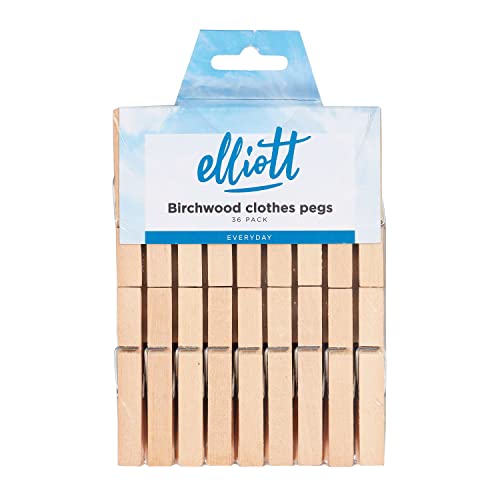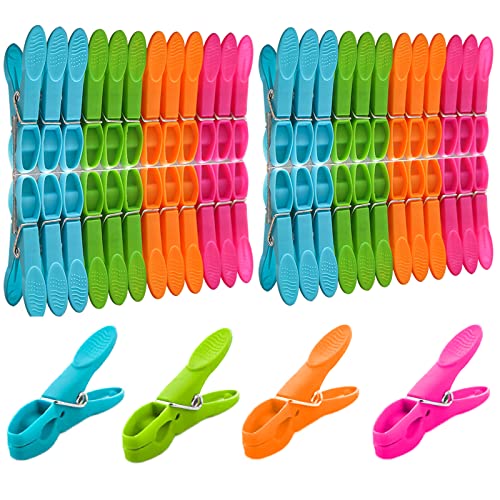The environmental impacts of clothes pegs production
Clothes pegs are a necessary household item for hanging clothes out to dry. However, most people don’t realize the environmental impacts that come with the production of these simple gadgets. From the materials used to the manufacturing process, let’s take a closer look at the environmental impact of clothes peg production.
The materials used
Clothes pegs are typically made from either plastic or wood. While wooden clothes pegs may seem more environmentally-friendly, they still come with their own set of issues. The production of wooden pegs often involves the destruction of trees, contributing to deforestation, which in turn can lead to soil erosion, habitat loss for wildlife, and even climate change. Plastic pegs, on the other hand, are made from petroleum, a non-renewable resource, and take hundreds of years to decompose in landfills.
The manufacturing process
The manufacturing process of clothes pegs involves the use of machinery and energy, which often comes from non-renewable sources like coal or natural gas. This contributes to greenhouse gas emissions and contributes to climate change. Additionally, the production process can result in wastewater and air pollution if proper environmental measures are not in place.
The disposal of clothes pegs
When clothes pegs reach the end of their life, they are typically thrown in the trash and end up in landfills. As previously mentioned, plastic pegs take hundreds of years to decompose, and wooden pegs can contribute to deforestation if more trees are cut down to replace them. This results in further harm to the environment.
Alternatives to conventional clothes pegs
One alternative to conventional clothes pegs is to use stainless steel versions, as they are durable, long-lasting, and can be recycled at the end of their life. Another popular alternative is using clotheslines or drying racks instead of a dryer or exposed outdoor line, thus eliminating the need for pegs altogether.






